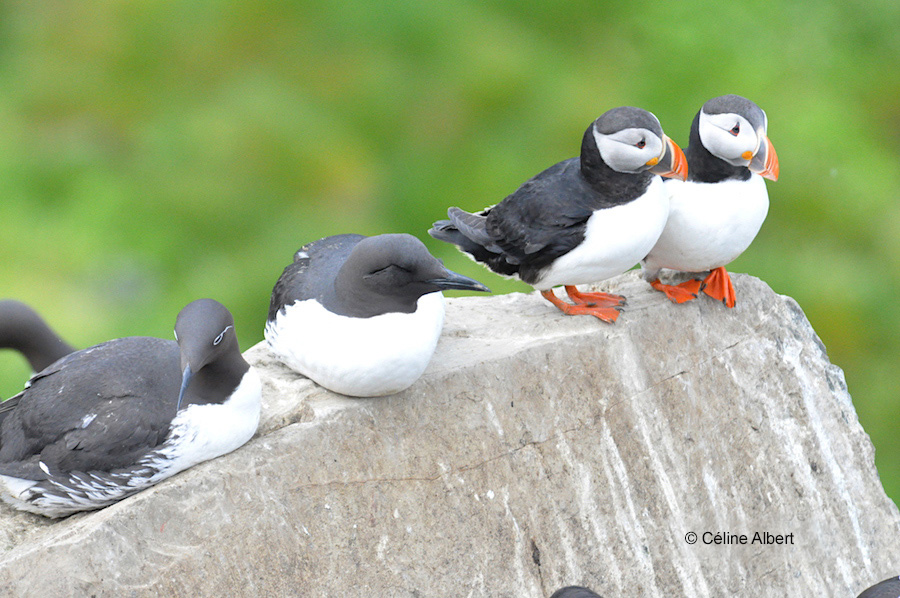Albert Céline
Cet article est disponible en français

- Team : AMARE
- celine.albert1@univ-lr.fr
- personal website
PhD 2017/2020
Doctoral school of environmental science “Gay Lussac”, La Rochelle University
Original training : Masters Degree Ecology, Biodiversity and Evolution, Paris-Sud University
(2017-2020) Exposure of arctic seabirds to pollutants: what is the role played by individual migratory movements and non-breeding distribution ?
Keywords : Ecotoxicology, Spatial ecology, Arctic Ecology, Seabirds.
Supervisor :
– Jérôme Fort, Researcher, CNRS, LIENSs UMR 7266
Funding : Doctoral contract from the Ministry of Higher Education and Research, France
Exposure of arctic seabirds to pollutants: what is the role played by individual migratory movements and non-breeding distribution ?
« Human activities are responsible for emissions of large amounts of pollutants, among which mercury is of major concern. Indeed, Hg emissions keep on increasing at the global scale and its methylated form, methylmercury, is deleterious for organisms, even at small concentrations. Because of atmospheric, oceanic and riverine transports, mercury is found in high concentrations in the Arctic. Once deposited in the environment, it enters the food chains, biomagnifies (i.e. increases at each level of the food chain) and bioaccumulates in the tissues of organisms. Therefore, seabirds, as top predators, are among the most exposed organisms to mercury and are considered as bioindicators of the contamination of their environment.
If our knowledge of mercury contamination during the seabird breeding season has improved, information for their non-breeding season remain scarce. In this context, the aims of my PhD project are to improve our understanding of arctic seabird exposure to mercury during their crucial non-breeding season and to investigate the origin of this contamination. To this end, I will study seasonal and spatial variations of this contamination according to bird distribution and migration patterns. »
Teaching activity:
- Assistant lecturer, La Rochelle University, Biology department




